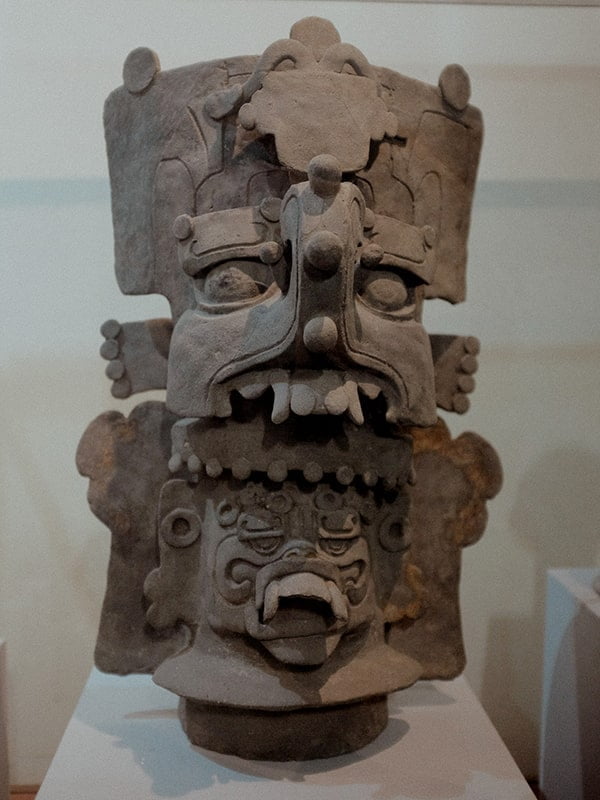"We are made of corn"
In Oaxaca, there is a popular phrase among people that represents a deep connection to the soil, the earth, the sun, the wind and the rain. Oaxaca’s vast array of different cultures, gastronomy and cosmovisions are centered around this one magnificent plant that has sustained Mesoamerican civilizations for millenia. “We are made of corn” is a symbolic phrase you hear on the streets, which demonstrates the intrinsic link between a sacred plant and the Oaxacan people. The street art in town reflects this vision, as you will notice corn depicted in murals that decorate the cobblestones streets of Oaxaca.

President of the Seed Bank Committee in Unión Zapata, José Bautista Maldonado, speaks to Coyote Aventuras Edu students about the sacred milpa
Current archaeological findings suggest that maize domestication occurred around 8,000 BC in the Atoyac River Region of the Oaxaca valley. This process began with a small wild grass called teosinte that produced 2 to 3 inch cobs, which people would eat like popcorn. Through profound scientific knowledge and understanding of local ecology, indigenous peoples of the time period were able to selectively breed this teosinte grass over thousands of years to dramatically increase the size of the cobs.

Locally-sourced native corn from the Sierra Mixe
This indigenous agricultural discovery led to a transition from small hunter-gatherer societies primarily living in caves to vast Mesoamerican civilizations with immense influence across the region such as the Olmec, Toltec, Maya and Aztec. On a Coyote Aventuras tour we make it a priority to highlight this ancient agricultural history and demonstrate how it is evolving in Oaxaca. Today, Oaxaca is a hotspot for resistance to multinational corporations such as Monsanto, Pioneer and Bayer who look to systematically destroy native ways of producing corn by forcing farmers to buy their patented genetically modified seeds.

Coyote Aventuras Edu students observe the different colors of native corn.
These companies make it illegal to save the seeds that corn naturally produces, ensuring that farmers become totally dependent on these genetically modified products. Planting corn and taking care of corn in a traditional way is considered a sacred act for many indigenous peoples around Oaxaca.

Prehispanic deities such as Cocijo, the Zapotec God of Rain, were worship in the milpa agricultural cycle.
This is an act of devotion towards Mesoamerican gods of corn such as Centeótl, Cozobi and Hun Hunahpu who are an integral part of a pantheon of deities associated with the natural world. This plant has sustained civilizations for millenia and cultural manifestations of its importance are found throughout Oaxaca. Let us take you on a tour that illuminates this ancient story of corn and shows you how its preservation is essential to cultural identity. Here in Oaxaca, “We are made of corn.”

Coyote Edu students enjoy a meal based on the milpa agricultural system of corn, beans, and squash.
References:
- Burgos-Ellis, Helen. “Aztec Science: Maize Domestication.” 21 Oct. 2021.
- Davenport, John. “The Early Days of Maize.” https://www.science.org, 15 Feb. 2001, https://www.science.org/content/article/early-days-maize.
- Bush, Liam. “Mexico Resists Monsanto Corn.” New Internationalist, 24 May 2013, https://newint.org/blog/2013/05/24/vandana-shiva-mexico-monsanto-corn.
